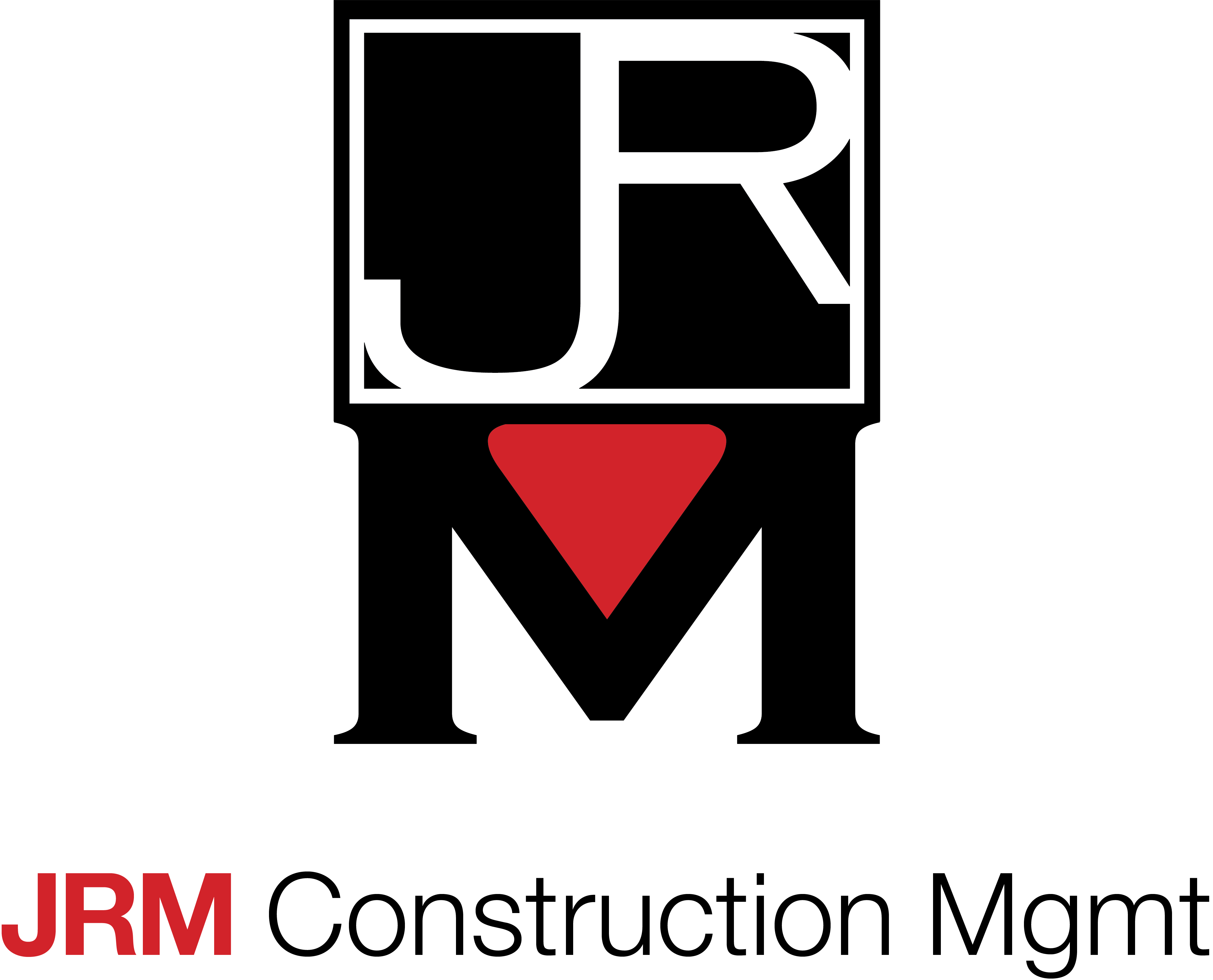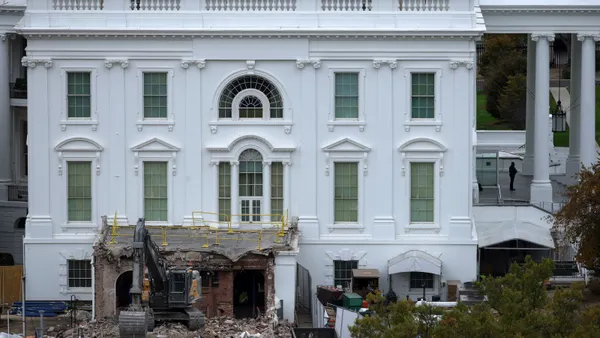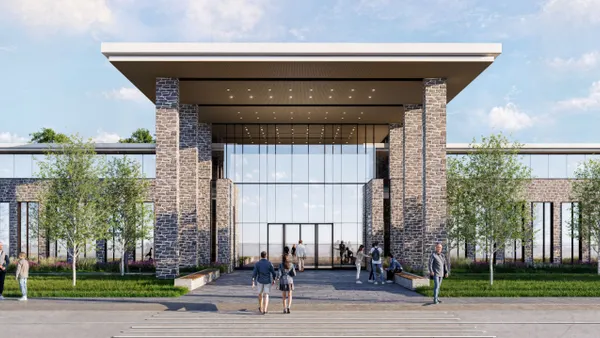Dive Brief:
- Construction giant Gilbane predicted that nonresidential construction spending growth will exceed all other sectors this year, topping 20% by the end of 2015.
- The firm's Summer 2015 Construction Economics Report, "Building for the Future," noted that residential building, nonresidential building, and nonbuilding during the first six months of this year rose at the fastest pace since 2004-2005.
- Gilbane estimated that total construction spending across all sectors will grow by nearly 11% in 2015, reaching $1.067 trillion — the second-highest recorded growth total ever.
Dive Insight:
Gilbane predicted that residential construction spending will grow in 2015 by 12.9% to $388 billion, but will then slow down in 2016 — rising only 12.0%.
The firm is "skeptical" about some residential forecasts, which set housing starts to reach between 1.3 million and 1.5 million units in 2015. If housing starts did reach that level, it would be two to three times traditional growth rates.
"In fact, from the fourth quarter of 2013 through March 2015, new housing starts practically stalled and the rate of residential spending declined," Gilbane said in the report.
The company reiterated the negative effects of the lingering labor shortage on the construction industry and said the dearth of experienced workers is a "key constraint to economic growth."
Gilbane added, "As work volume begins to increase over the next few years, expect productivity to decline," due to longer shifts and fewer days off for employees; a dip in skill level of workers; and a longer process to get new workers caught up with the rest of the crew.













